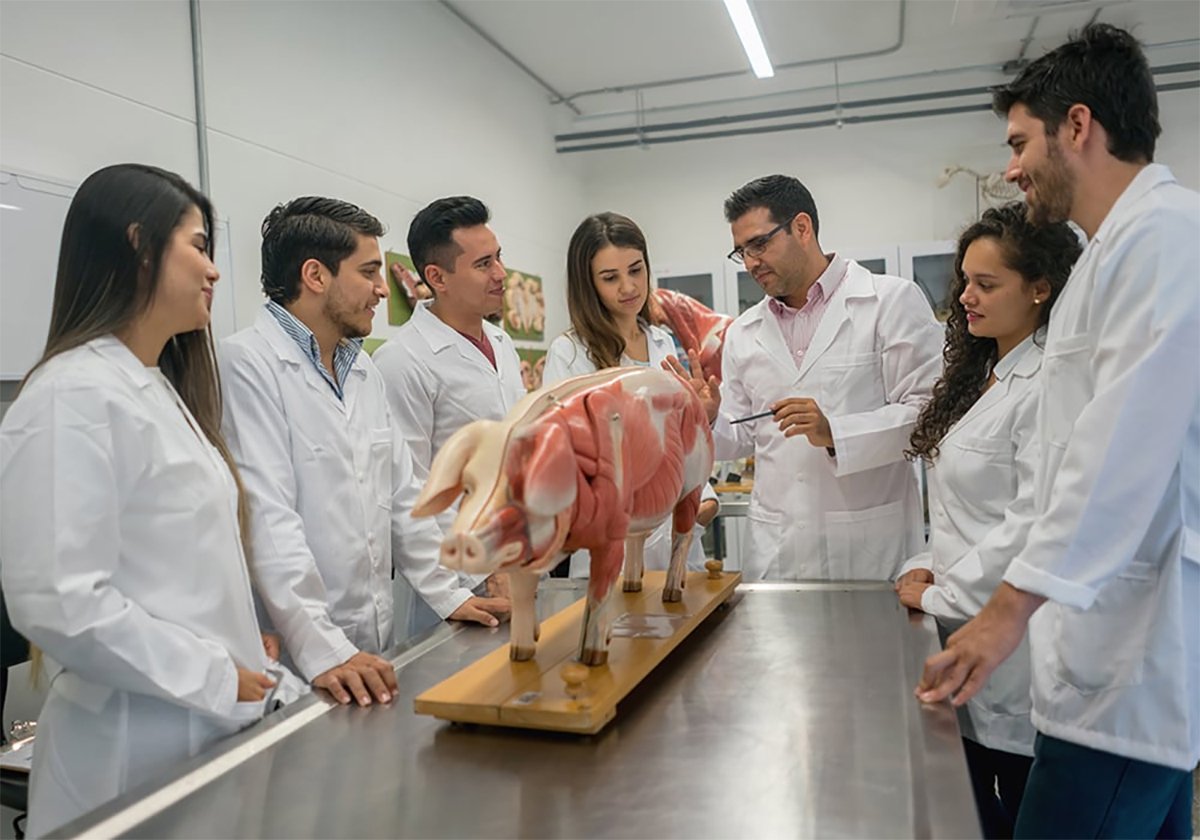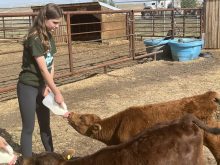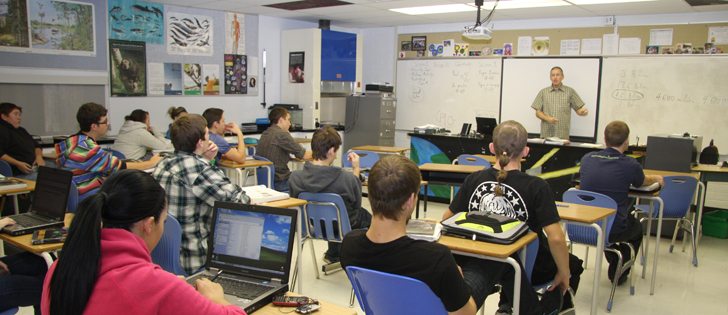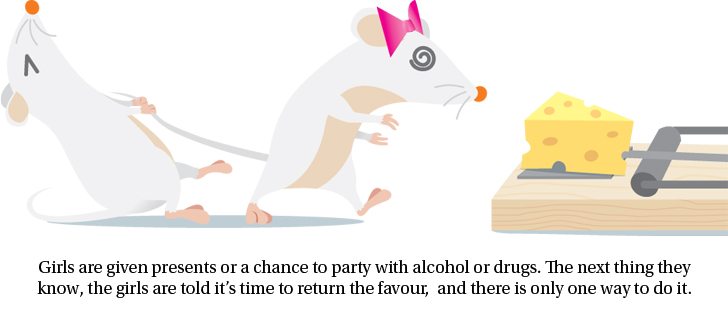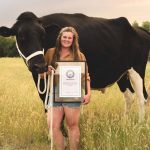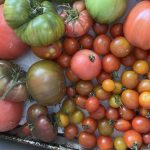About 50 per cent of applicants for the University of Calgary’s veterinary medicine program have a connection to rural Alberta.
That connection is needed now more than ever as the veterinary profession faces a crisis-level shortage across North America.
Related story in this issue: Veterinary college expands to meet need
Read Also

Count on Canadian durum to produce delicious pasta
The durum wheat grown in Western Canada is recognized globally as the ultimate ingredient for making high quality pasta.
The U of C has been able to double its capacity to 100 seats, thanks to $68.5 million in funding from the Alberta government.
“It’s pretty common for people in rural settings to own a bunch of different animals, from pets on up to horses and cattle or pigs or chickens. Those are pretty common in their environment, even if you don’t own a farm, but you live in a small town, you’re going to people in 4-H to have these opportunities,” said Robert McCorkell, associate dean of admissions for the university’s faculty of veterinary medicine.
“That gives them a very good starting point to answer the kind of questions that we ask (in interviewing). It’s important that to be a veterinarian that you’re familiar with that. There’s a small advantage to our rural applicants because they have that relationship with animals. They know how they’re used for food production. They also just know how to interact with them because they’ve been around and they’ve seen them in their environment.”
The academically demanding medical program traditionally had a reputation of being difficult to get into. However, that has been de-emphasized in recent years, and the program now requires a 3.0 grade point average and a score of 495 on the Medical College Admission Test.
“That’s a solid ‘B’ average. What we have determined is a GPA of 3.0 should indicate you have the skill set that you’ll be able to be successful in this demanding academic environment,” said McCorkell.
“People who score 495 or greater on the MCAT complete their health sciences program on time 90 per cent of the time. We want some assurance that if you get into a demanding program, you’re going to complete it on time.… Below 495, that drops off significantly, and so that’s kind of the threshold. These are thresholds that are very achievable.”
Canada is seeing a nation-wide shortage of veterinarians, with the agriculture industry particularly feeling the pinch.
The four-year program has access to more than 100 partner practices across Alberta and parts of British Columbia and Saskatchewan.
As well, block weeks in the earlier years provide students the opportunity to work in the field, whether it’s a feedlot or dairy/poultry farm.
The U of C also owns W.A. Ranches, a working cattle operation that was donated in 2018 for teaching and learning, research and community engagement.
“Almost every community in the province, be they rural or urban, their practices in those spaces are looking to hire. (The Canadian Food Inspection Agency) is looking to hire veterinarians. The pharmaceutical industry is looking to hire veterinarians, and this is international,” said McCorkell.
“The last study I’ve seen is in Alberta, the shortage over the next few years is something more than 600 positions. It’s a very wide range of opportunity. Whatever career path or whatever interests you, there’s going to be a lane in veterinary medicine that’ll accommodate you.”
Applications are now open for 2026.
McCorkell recently visited southern Alberta to promote the program, and he regularly makes his way to high schools and community events to answer questions.
He was a member of the first graduating class of the University of Saskatchewan’s Western College of Veterinary Medicine in Saskatoon when it first opened in 1969. Alberta sent about 20 students a year to the school before the U of C opened its own veterinary medicine program in 2008.
Alberta’s population has increased significantly in that period, creating a huge demand in the field.
“Alberta grew from something less than two million population to something approaching four million. Opportunities for veterinarians grew as well. You end up having this demand situation that was underserved,” said McCorkell.
“When we opened in 2008, we added 30 seats that more than doubled the opportunity for Albertans that went from 20 to 50. Now, we’ve gone from 50 to 100. The labour shortage hasn’t gotten smaller. The population of the province now is pushing five million.…
“This challenge we face for employment is going to be ongoing. So if they’re a young person right now, the job market I’m talking about, we’re not going to have it fixed by the time, say, you’re in Grade 10 and thinking about coming to the profession.”

